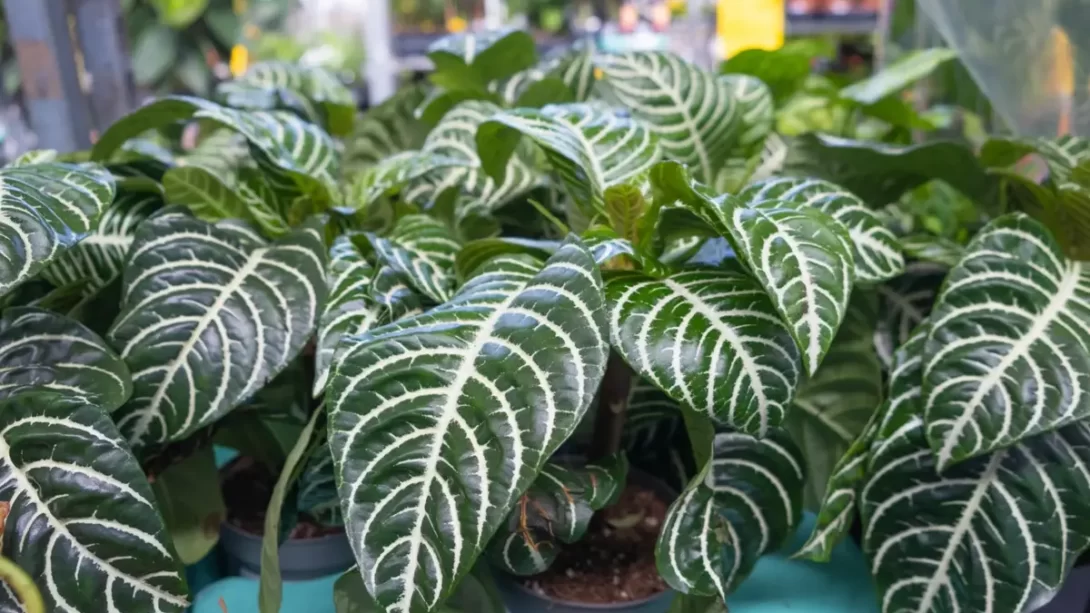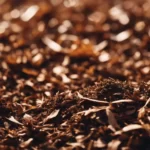As houseplants continue to grow in popularity, the Zebra Plant (Aphelandra squarrosa) has emerged as a favorite among plant enthusiasts for its striking foliage and unique appearance. However, for cat owners, the concern often lies in whether these beautiful plants are safe for their feline companions. This article aims to address this concern by delving into the toxicity of Zebra Plants to cats, backed by scientific and veterinary insights.
Zebra Plants
The Zebra Plant, known for its glossy green leaves and bright veins, is a tropical plant that thrives in warm, humid environments. Originating from the Brazilian rainforests, this plant has adapted well to indoor conditions, making it a popular choice for home and office spaces. Its characteristic zebra-like stripes and cone-shaped flowering bracts make it a visually appealing addition to any indoor garden.
Despite its allure, the primary concern for pet owners is whether this plant poses a risk to their cats. The following sections explore this aspect in detail.
Toxicity of Zebra Plants to Cats
When it comes to the safety of pets, especially cats, understanding the potential risks associated with houseplants is crucial. The Zebra Plant falls into a category that requires careful consideration. While not as toxic as some other common houseplants, it can still cause mild to moderate discomfort if ingested by cats.
According to various toxicology sources and veterinary reports, the Zebra Plant contains compounds that, when ingested, can lead to gastrointestinal upset in cats. These symptoms may include vomiting, diarrhea, and in some cases, a lack of appetite.
Recognizing Toxicity Symptoms in Cats
If a cat ingests part of a Zebra Plant, it’s crucial to recognize the signs of possible toxicity. Symptoms can vary but often include:
- Vomiting: This is typically the first sign of distress and can occur soon after ingestion.
- Diarrhea: Cats may experience gastrointestinal upset resulting in diarrhea.
- Lethargy: A noticeable decrease in energy levels or unusual sleepiness can be a sign of discomfort or pain.
Immediate attention is essential if these symptoms are observed. While Zebra Plant toxicity is rarely life-threatening, prompt veterinary care can alleviate discomfort and prevent more serious complications.
Preventive Measures and Safe Gardening
For cat owners, prevention is key to ensuring the safety of both pets and plants. Here are some effective strategies:
- Plant Placement: Keep Zebra Plants out of reach. High shelves or hanging planters can be ideal.
- Barriers: Use physical barriers like pet gates or plant cages to restrict access.
- Training: Teach cats to stay away from plants. Using deterrents like citrus peels or sprays can help.
Additionally, selecting cat-safe plants is a proactive step. Varieties like spider plants, Boston ferns, and certain palms can coexist safely with pets.
What to Do If Your Cat Ingests a Zebra Plant
Despite precautions, accidents can happen. If you suspect your cat has ingested part of a Zebra Plant:
- Observe: Look for symptoms of distress and monitor your cat closely.
- Consult a Veterinarian: If symptoms are present or you’re concerned, contact your vet immediately.
- Provide Details: Inform the vet about the plant ingested and the amount, if known.
Your vet may recommend specific care or treatment depending on the severity of the symptoms. In most cases, supportive care and monitoring are sufficient for recovery.
Conclusion
Understanding the relationship between houseplants like the Zebra Plant and pet safety is crucial for cat owners. While Zebra Plants are not among the most toxic plants for cats, they can still cause mild to moderate discomfort if ingested. Recognizing symptoms such as vomiting, diarrhea, and lethargy is vital in ensuring the well-being of your feline friend.
Preventive measures play a significant role in creating a safe environment for both cats and plants. Effective strategies include careful placement of plants, using barriers, and selecting pet-friendly flora for your home. In case of accidental ingestion, prompt action and consulting with a veterinarian are essential steps.
Remember, it is possible to enjoy the beauty and benefits of plants like the Zebra Plant while ensuring the safety and health of your pets. By being informed and cautious, you can create a harmonious living space that caters to the needs of both your plants and your cherished feline companions.



